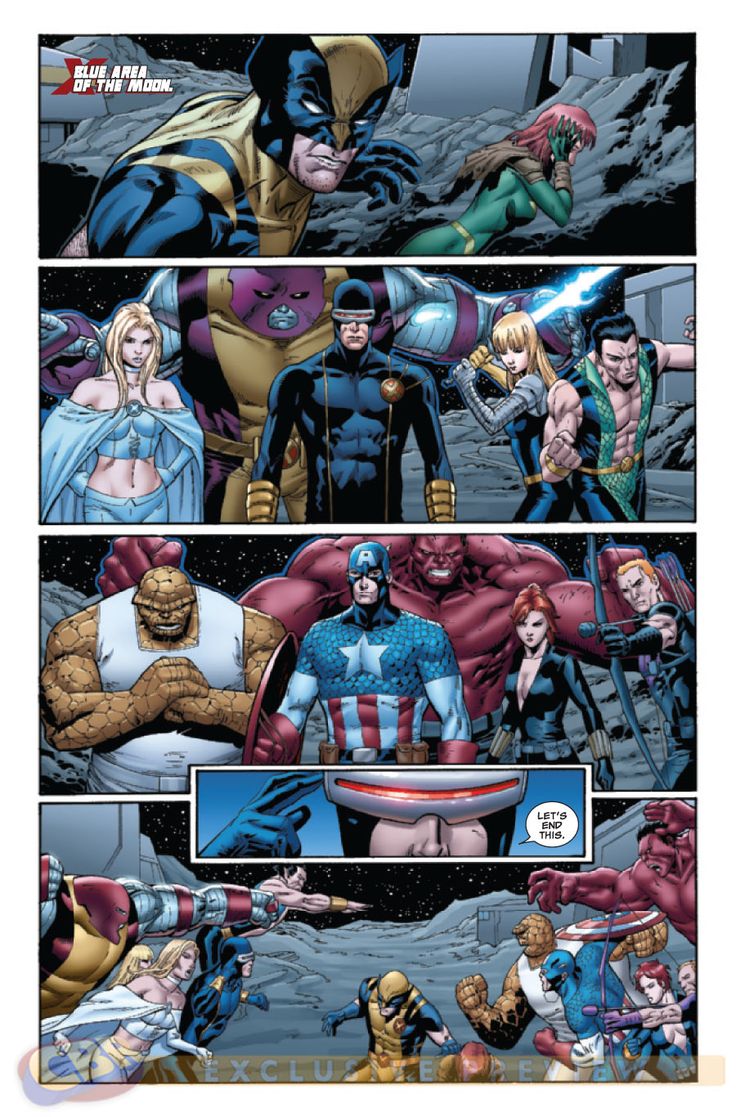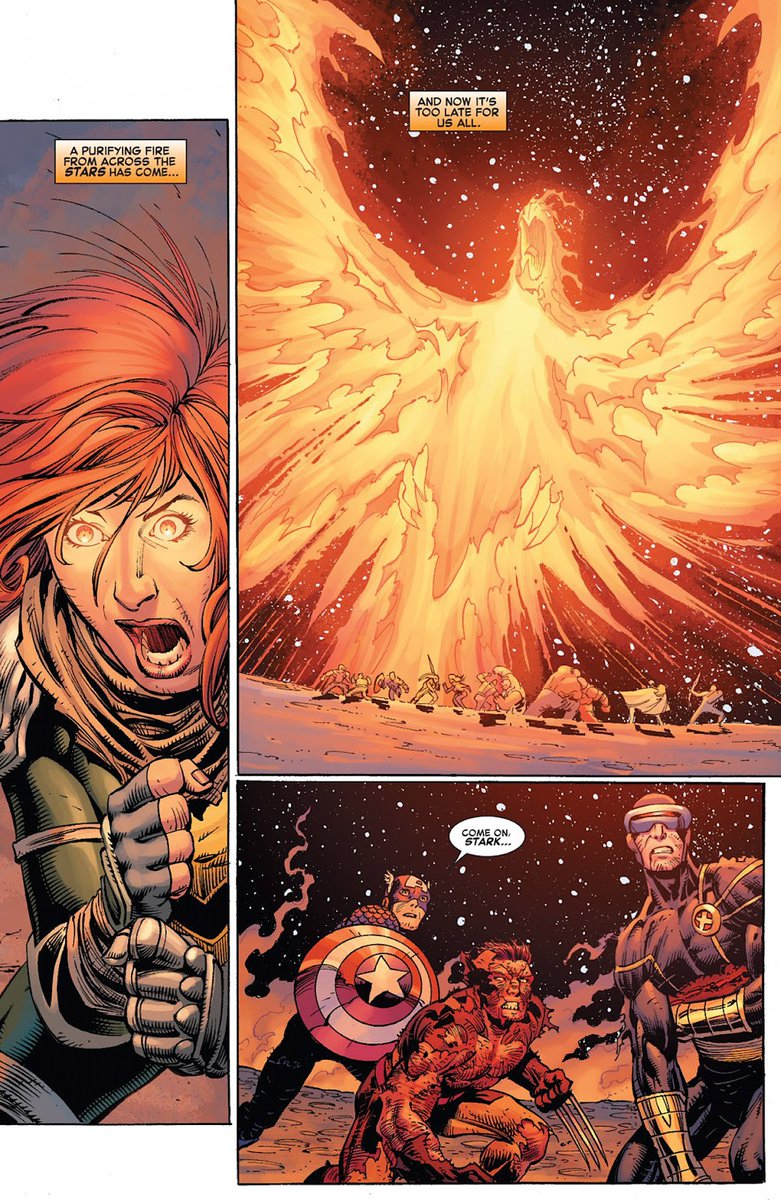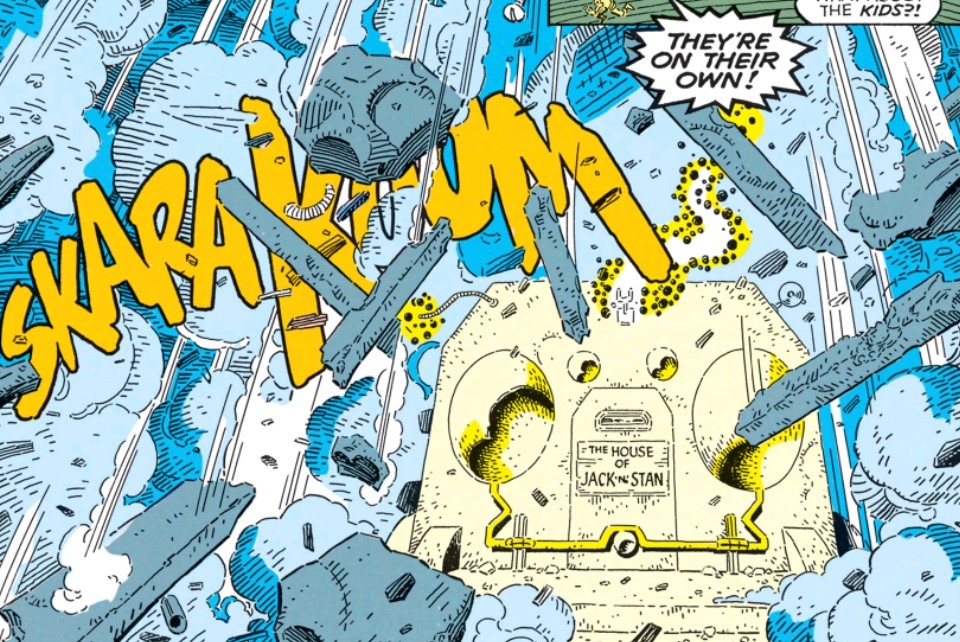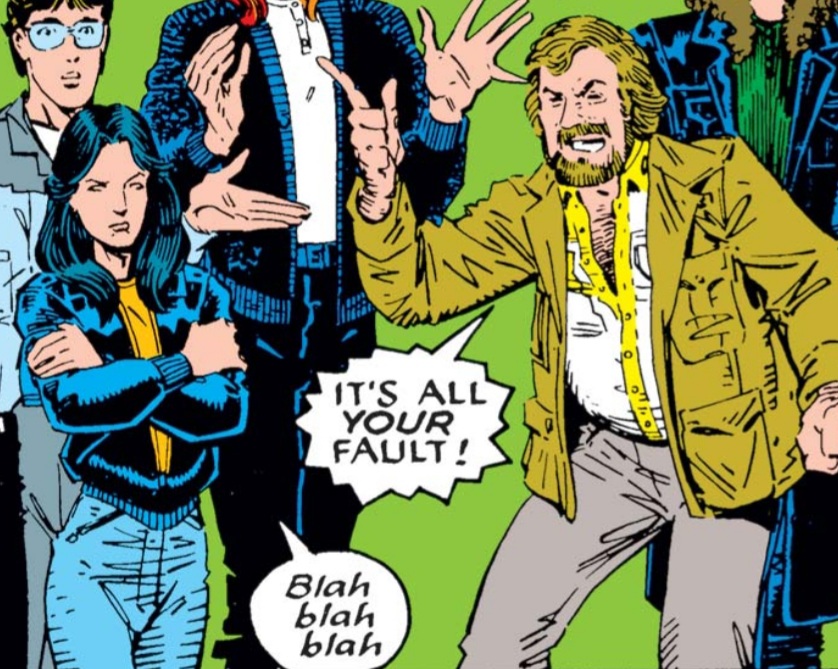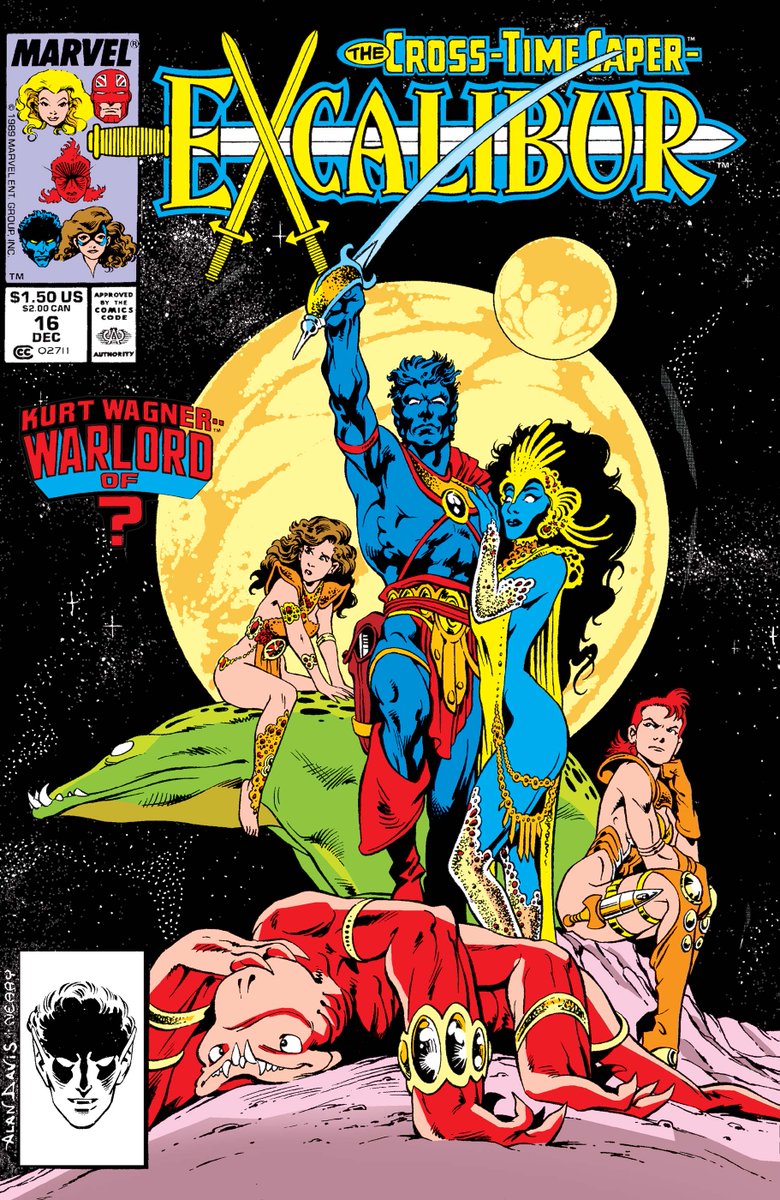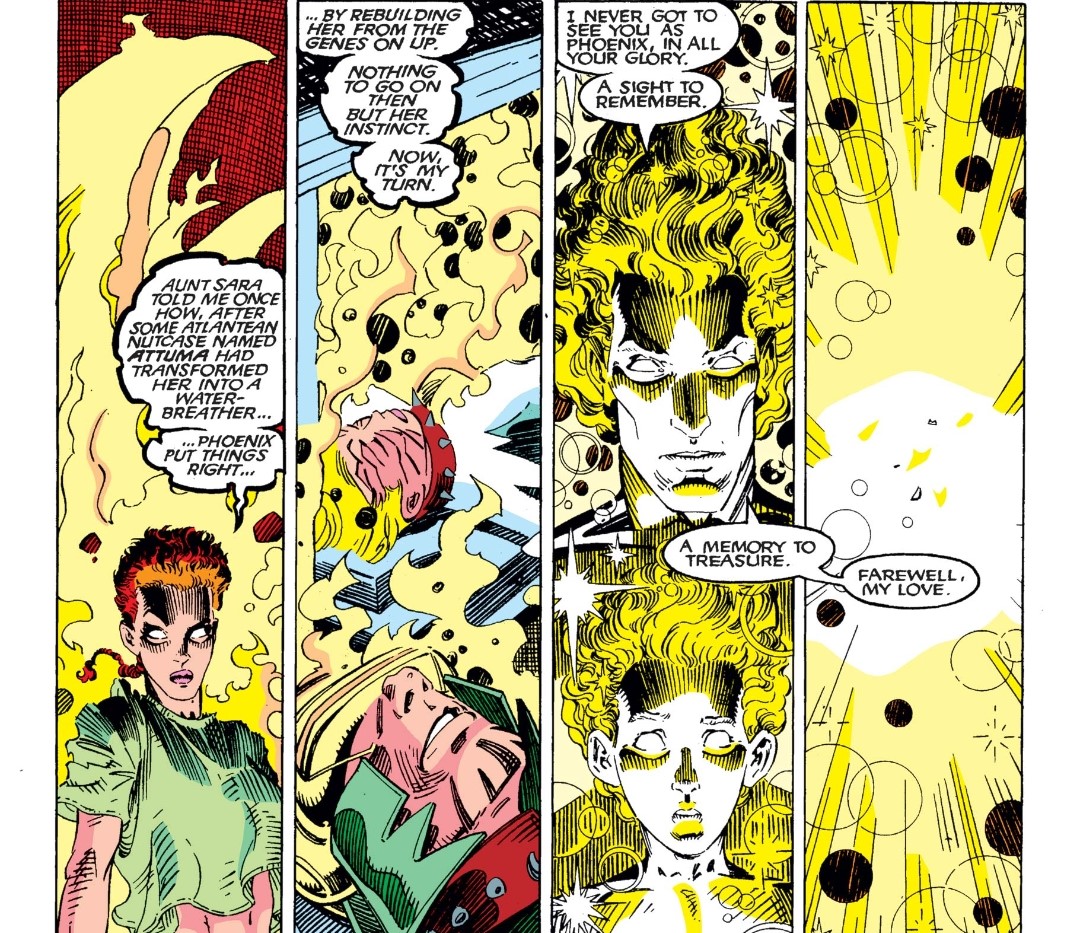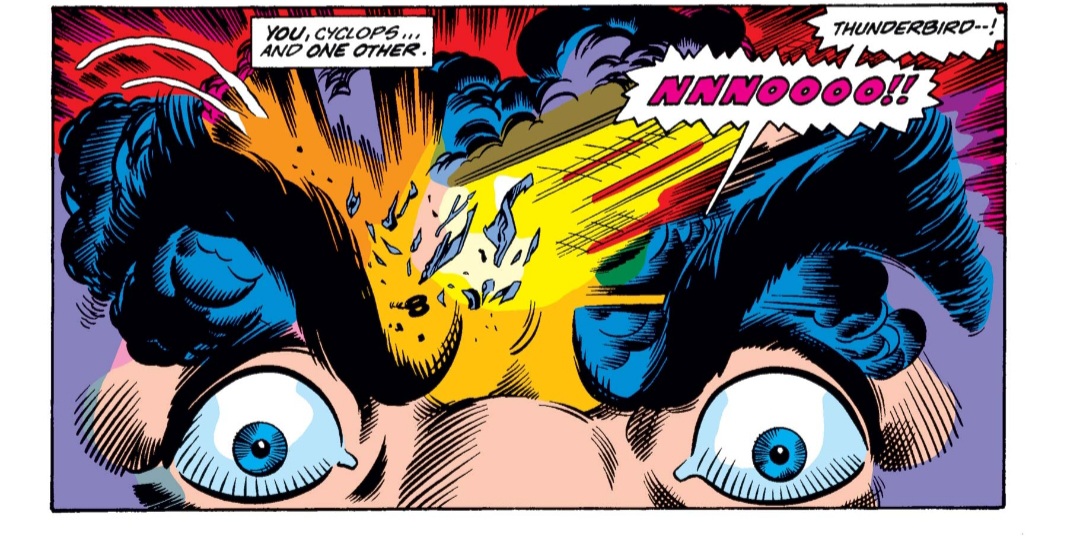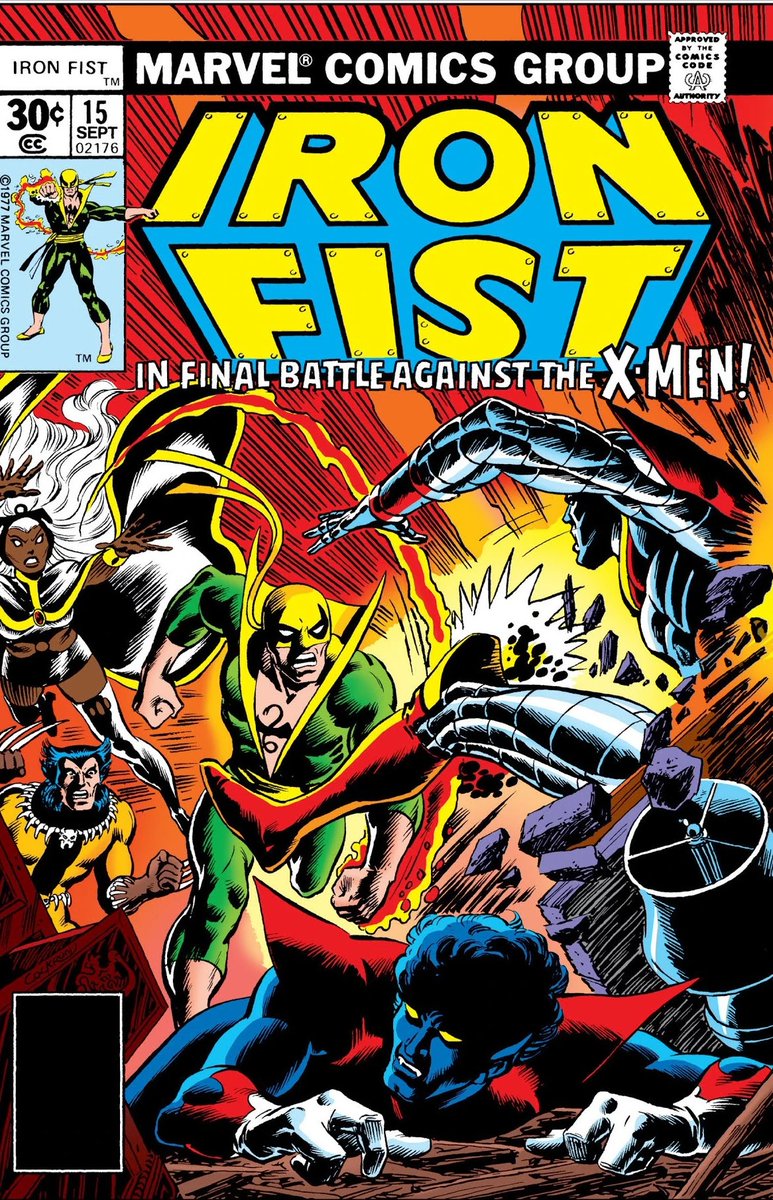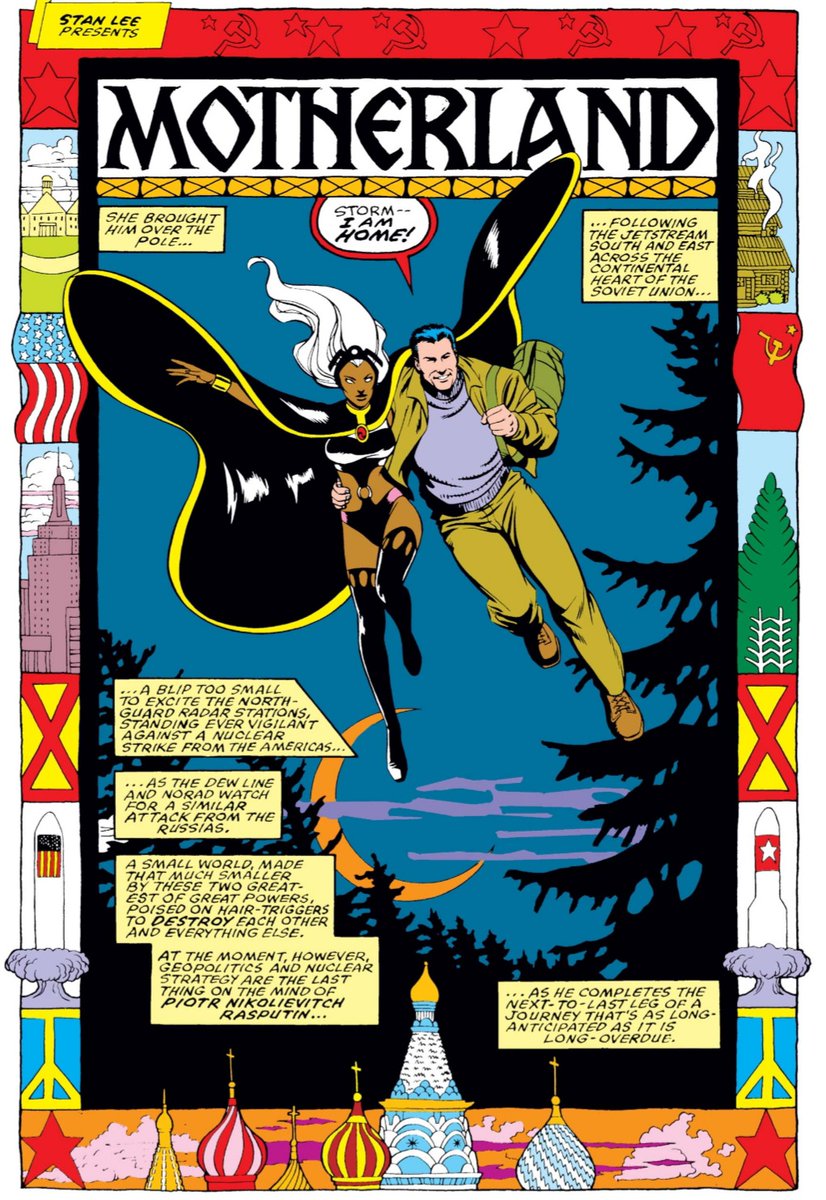Discover and read the best of Twitter Threads about #xmen
Most recents (24)
In a 1982 interview Claremont describes his unique portrayal of women in comics as a conscious decision, made under epiphany. The result of this is one of mainstream comics most important and influential experiments in representation. #xmen 1/6 

Hank McCoy’s presence in the Dark Phoenix Saga provides a nice continuation of that character’s development, ultimately accelerating his difficult transition to the Avengers, in part, by having him here witness the true end of the original X-Men. #xmen #darkphoenix 1/5 

In UXM #168, Nightcrawler is presented (and presents himself) as an object of sexual display to be consumed by both his on-panel girlfriend and by the reader, all in an homage to a landmark photographic spread with a deep impact on the sexual revolution. #xmen 1/10 

Para iniciar el finde con fuerza y superar la canícula, aquí va otro hilo de #memesarchiveros
Esta vez dedicado a los #archifrikis. Pero hay de todo
¿Preparados?
Mil gracias al fabricante de #memes en la sombra
#archivos
@ArxiuToday
Esta vez dedicado a los #archifrikis. Pero hay de todo
¿Preparados?
Mil gracias al fabricante de #memes en la sombra
#archivos
@ArxiuToday
"Si olvidamos dónde hemos estado y qué hemos hecho, ya no somos humanos; solo animales"
Samwell Tarly, archivero-bibliotecario
#GameofThrones
Samwell Tarly, archivero-bibliotecario
#GameofThrones

Knowing that Ricochet Rita is visually based on Ann Nocenti and that MojoVerse is a satire of media culture offers us the potential to read some aspects of Rita’s story as Claremont’s commentary on Nocenti’s role as X-Men editor. #xmen 1/9 



In an interview with Jon B. Cooke, beloved X-Men Annual/Special artist Art Adams offers his personal multi-faceted take on the classic “Mojo Mayhem,” one of the more polarizing books in Claremont’s canon. #xmen 1/5 
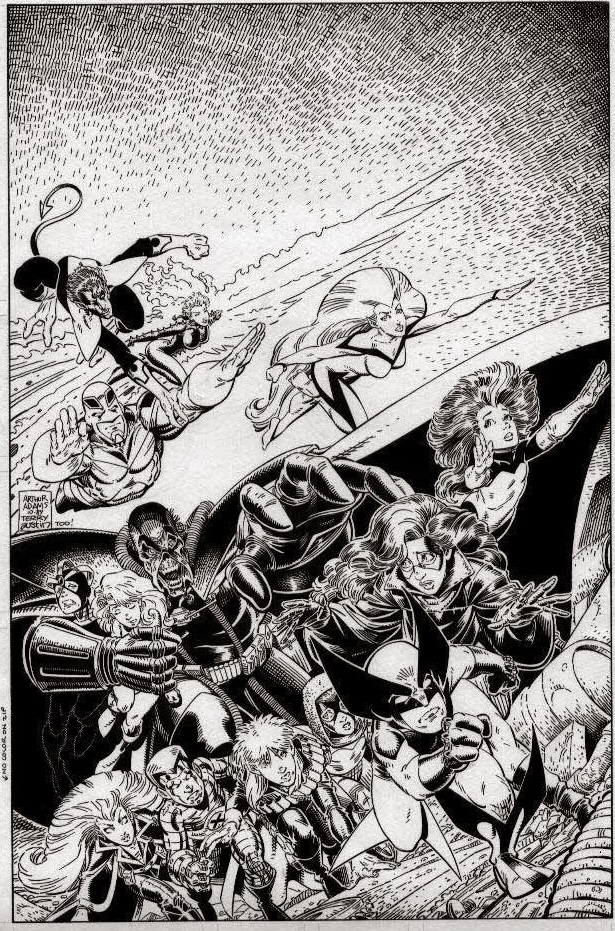
While Claremont left the series before unravelling his full plans for Meggan, we do get a sort of AU glimpse of the elemental nature of her powers and their symbolic potential in the background of Excalibur 17, presenting her as life/sex/joy/harmony incarnate. #xmen 1/10 
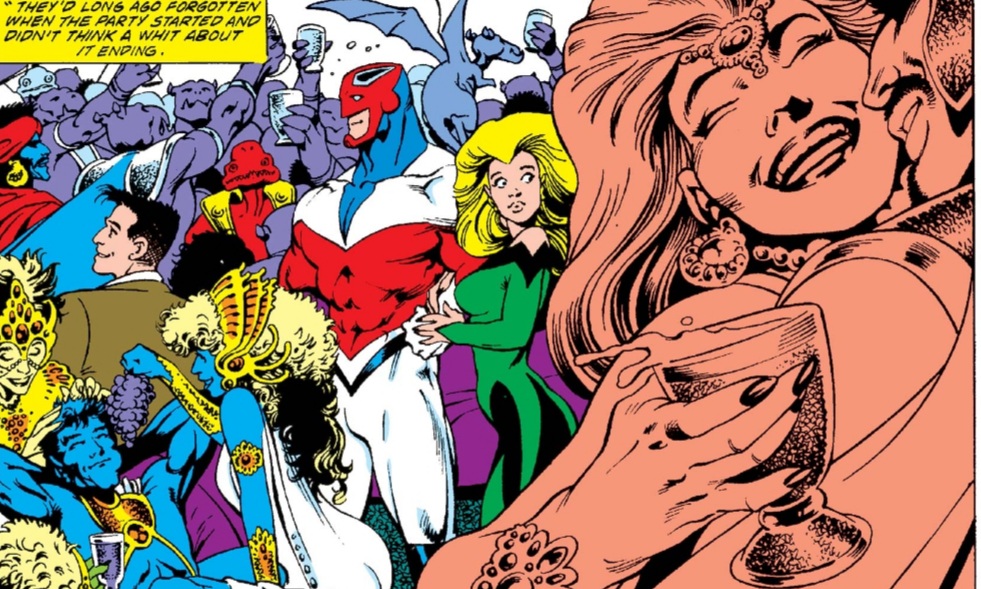
The core superhero fantasy is associated with simplicity (or juvenilia) and is often brought forward as reason to devalue or dismiss the entire genre, but that fantasy of heroic virtue and endurance can be lifesaving to those in need and that merits consideration. #xmen 1/9 
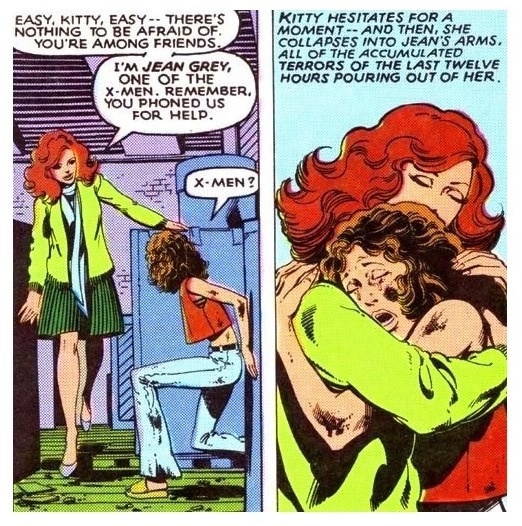
As noted by scholar Jeremy M. Carnes, the debate over the ethics of killing off Thunderbird in UXM #95 began quite early, and may reflect a failure of imagination on the part of the character’s creators to acknowledge a modern Indigenous existence. #xmen 1/7 

In the pages of New Mutants, Xi’an Coy Manh (Karma) can be seen to function as a constant disruption of some key elements of the superhero fantasy, most prominently through her sense of priorities, which essentially never include actually being a superhero #xmen #newmutants 1/8 
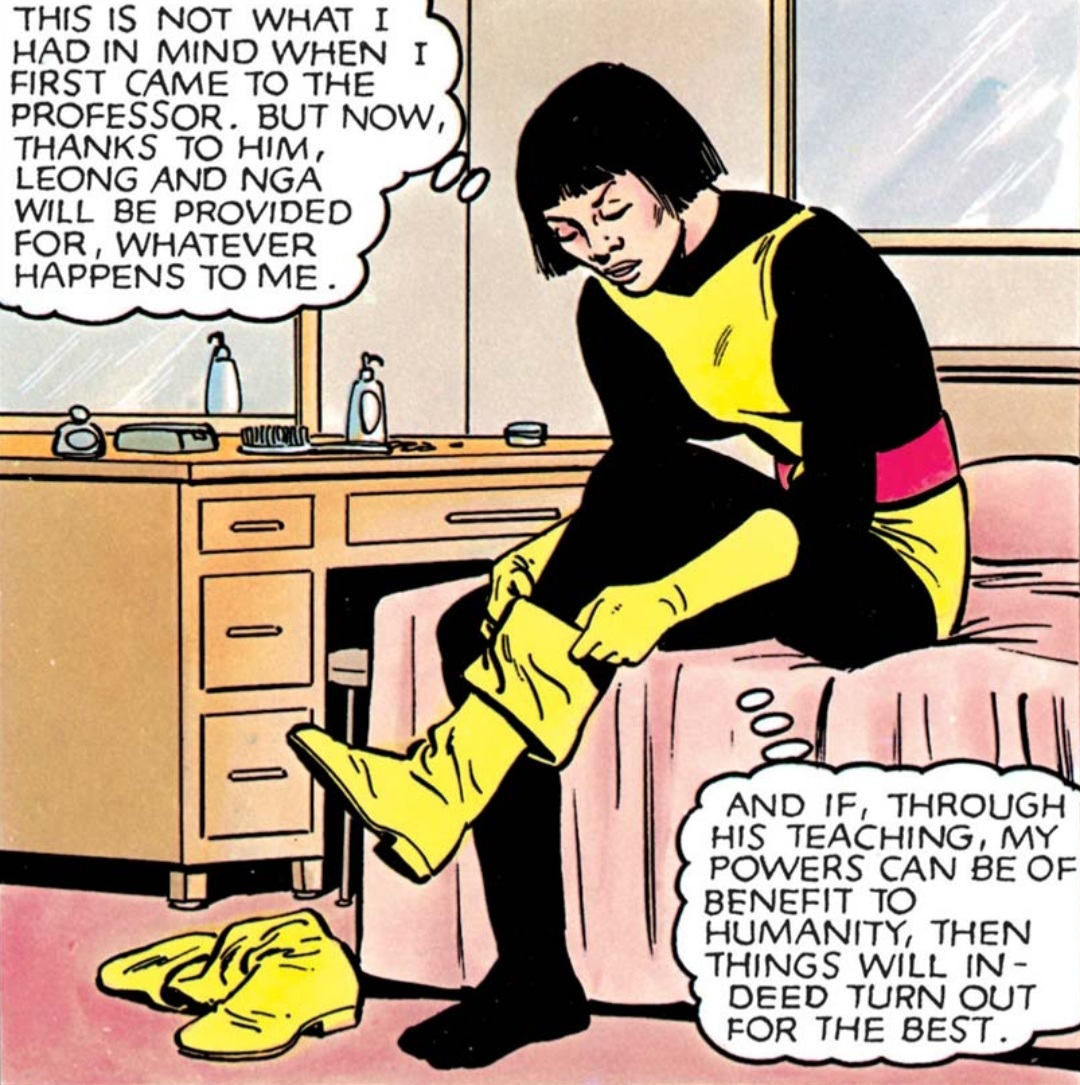
According to former Marvel EIC Jim Shooter, where most Marel writers took a hands-off approach to recruiting artistic talent to work with them, Claremont instead actively participated in scouting artistic talent for UXM. #xmen 1/5 

In his chapter on “Marvel, X-Men, and the Negotiated Process of Expansion” from the book “Convergence Media History,” scholar Derek Johnson describes how the aggressive expansion of the X-line was necessitated by the emergence of the direct market in comics. #xmen 1/7 

The relationship between comics and nationalism is well-researched, and in Classic X-Men #29, Claremont defies the established comics treatment of The Cold War by revisiting and recontextualiing Colossus’s relationship to his motherland. #xmen 1/7 

In Classic X-Men #6, simply titled “A Love Story,” Claremont uses a near-wordless sequence to create an intimate portrayal of Jean Grey’s world as she plans and anticipates her date with Scott, unaware of the cruel fate that awaits her. 1/7 #xmen 

Wolverine’s first solo series launches with a 6-page intro story about a bear that immediately establishes who Logan is, the duality that defines him, and his capacity to symbolize and disrupt perceptual boundaries between animal and person. #xmen #wolverine 1/9 

“Once Upon a Time – and only once – I got the chance to work with George Pérez.” In a 2004 essay introducing Uncanny X-Men Annual #3, Claremont describes his enduring joy at getting to collaborate with the late great comics legend. #xmen 1/5 

An important aspect of Storm’s duality, and one that contrasts her passion and will quite starkly, is her sense of interiority and self-isolation. Perhaps even moreso than iconic loner, Wolverine, Ororo often needs to withdraw and be alone. #xmen 1/11 

Wolverine #8 may be amongst the strangest stories that Claremont has ever written - a bizarre, deeply comedic take on the longstanding rivalry between a pair of iconic Marvel superheroes that seems to exist entirely out of time, genre, and expectation. #xmen 1/7 
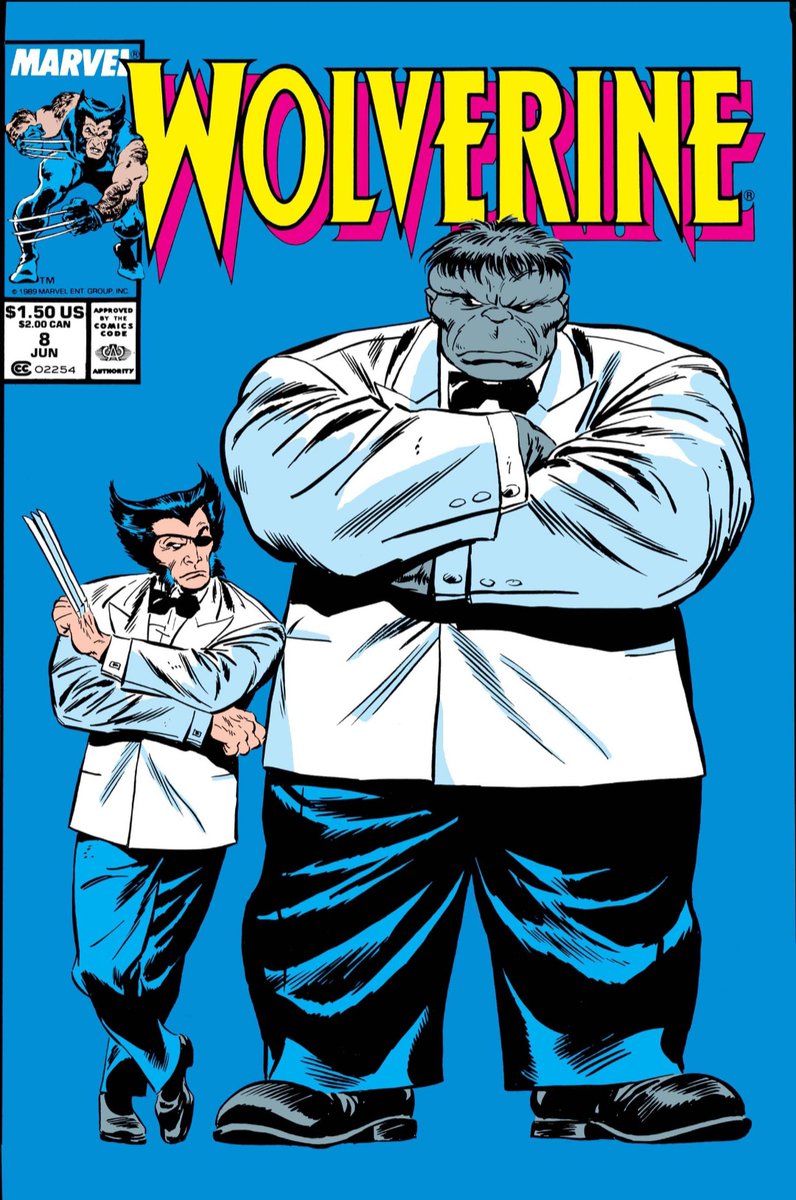
In "American Comic Book Chronicles: The 1990s," comics historians Keith Dallas and Jason Sacks place Claremont’s departure from X-Men into the context of the pivotal movements of the medium in the 1990s. #xmen 1/5 

In a 2014 essay, Louise Simonson describes the affordances of the comics medium that necessitated Storm’s punk transformation and the foreknowledge that the creative team had of the inevitable backlash that would arise. #xmen 1/3 

As noted by scholars such as Scott Bukatman and Carol Cooper, pre-Claremont Marvel heroines tended to have stand-and-pose powers such as telepathy, telekinesis, force fields, etc. Claremont pushed against this trend in UXM with heroines who got their hands dirty. #xmen 1/6 

In describing his version of Colossus, Marc Silvestri speaks to the character’s capacity for visceral visual impact, but also of the (less-considered) emotional relationship between artist and character, something that can impact (or even define) the resulting imagery. #xmen 1/6 

In light of his recent passing, I’d like to re-post this thread we did in 2020 on Neal Adams’ immense impact on the Claremont run of X-Men comics, and on the X-Franchise in general: #xmen 




